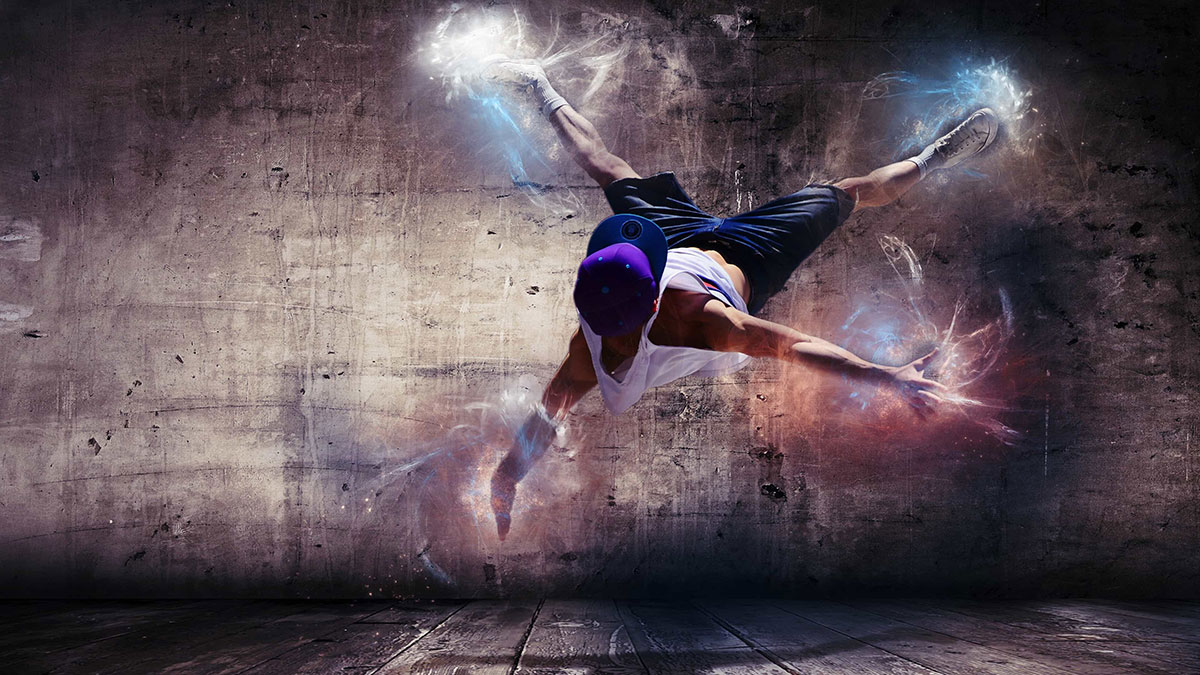Unveiling the Debate: Is Dance a Sport or an Art?
Since decades, people have been debating whether dance could be considered a sport or an art. The distinction between art and sport is frequently blurred by dancing, which some people who are unfamiliar with may tend to classify as an art form. Dance has characteristics that fit into both categories because of its capacity to generate emotions through music and movements, which is related to art, as well as the athleticism and strength needed. What are your thoughts on this intriguing question, then?
Dance’s Creative Expression
Dance’s proponents provide strong arguments for why they believe dance to be an art form. Let’s examine a few of these perspectives:
- Dance, like visual arts and music, has the capacity to evoke strong emotions in viewers through its expressive movements and narrative elements.
- Creativity and Interpretation: Dancers’ individual artistic interpretation and choreography play crucial roles in the art form, allowing them to express their distinct viewpoints and realize the choreographer’s vision.
- Dance’s visual appeal is appealing on an aesthetic level because it has elements of traditional art forms, such as beautiful lines and complex structures.
Ballet’s Athleticism
Dance advocates emphasize the physical requirements and athleticism involved in the discipline while making their case. Let’s explore some of their viewpoints:
- Dancers compete to show off their better flexibility, height in leaps, and quickness in turns in dance contests, as seen on TV series like Dance Moms. This is an example of dance’s competitive nature.
- Dancers have chiseled bodies that display their strength and conditioning. Muscular development. There are many instances, with celebrities like Jennifer Lopez serving as models for the muscular physique that dancing encourages.
- Physical Training: The focus to daily stretching exercises and strength-training routines highlights the physical demands placed on dancers, highlighting the significance of muscular endurance and flexibility.
- Dancers are susceptible to injuries, much like athletes in other sports, and foot and ankle problems are frequent as a result of the physical demands imposed on these regions.
- Dance demands specialized equipment, such as pointe shoes, which can be expensive and need to be replaced on a regular basis. Dress standards and uniforms further resemble the regimented attire used in traditional sports.
- Extensive Training: Years of demanding training are required to achieve excellence in dance, highlighting the commitment and discipline that are similar to those seen in sports endeavors.
- Stamina and Endurance: The extreme stamina and endurance required to maintain high-intensity dance routines for prolonged periods of time highlights the physical rigor involved.
The argument over whether dancing is primarily a sport or an art form is complicated. Examining dance’s aesthetic and athletic components reveals that it defies classification into a single field. Dance combines the aesthetic expression and emotional resonance of an art form with the physical capability, commitment, and spirit of competition found in sports. In the end, dance flourishes in the special environment where artistic ability and athleticism fluidly converge, producing a gripping and dynamic experience for both performers and audiences. So dance away while realizing that it combines the finest of both worlds.

